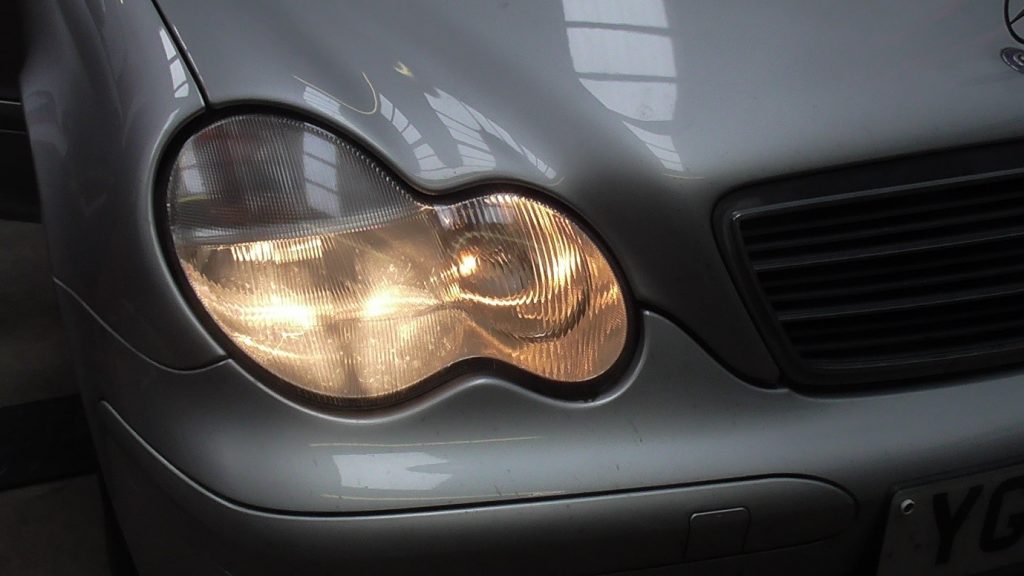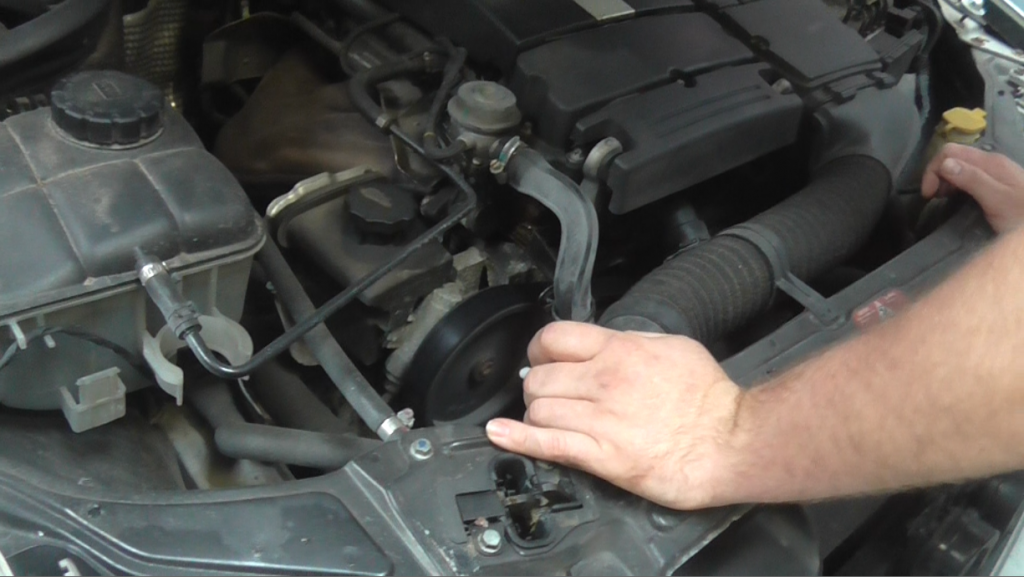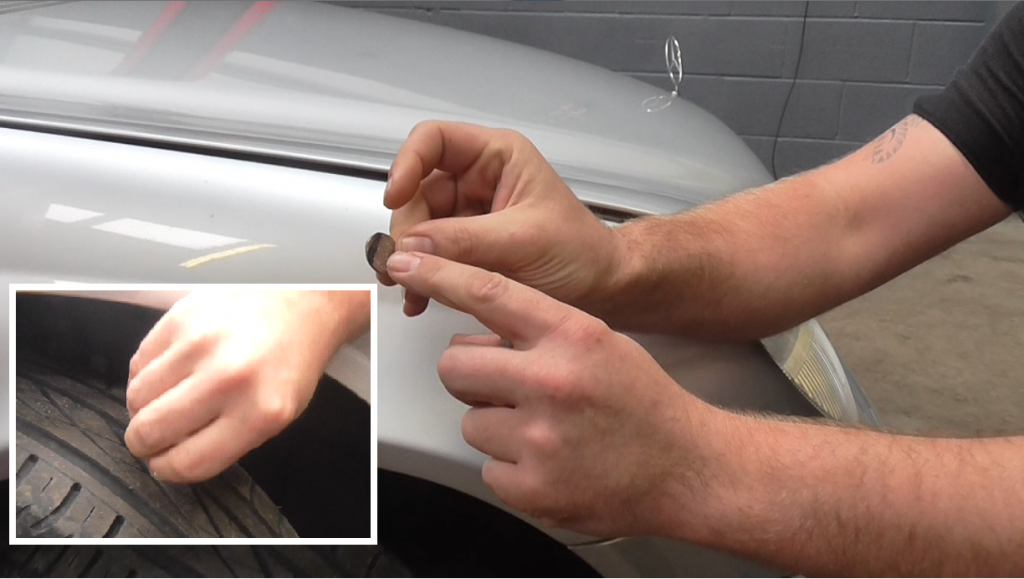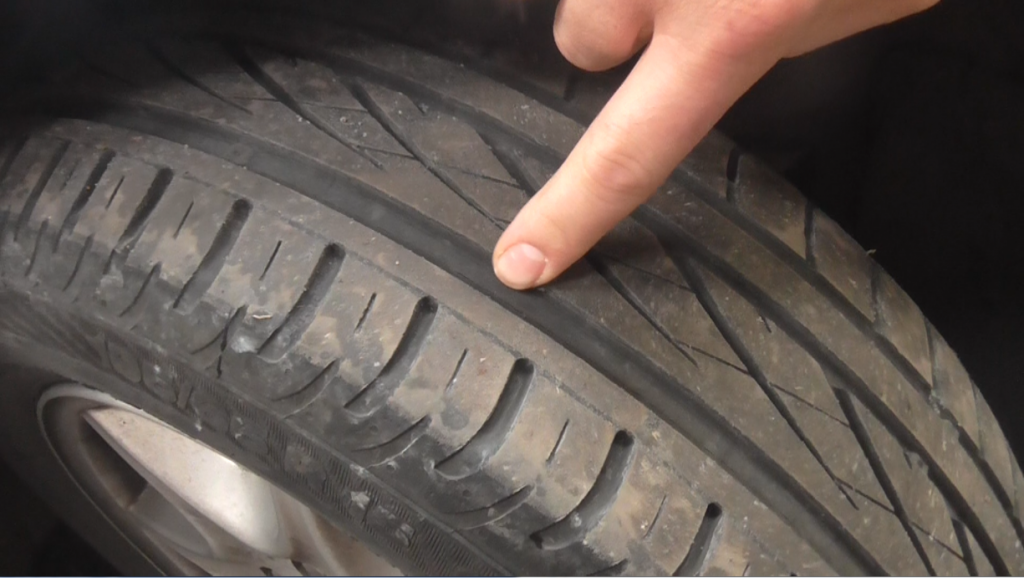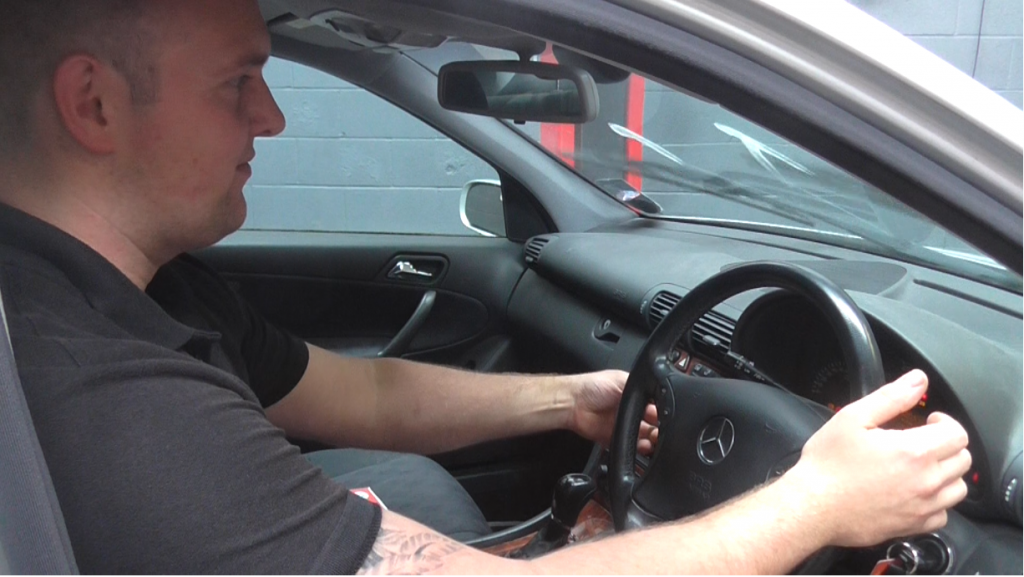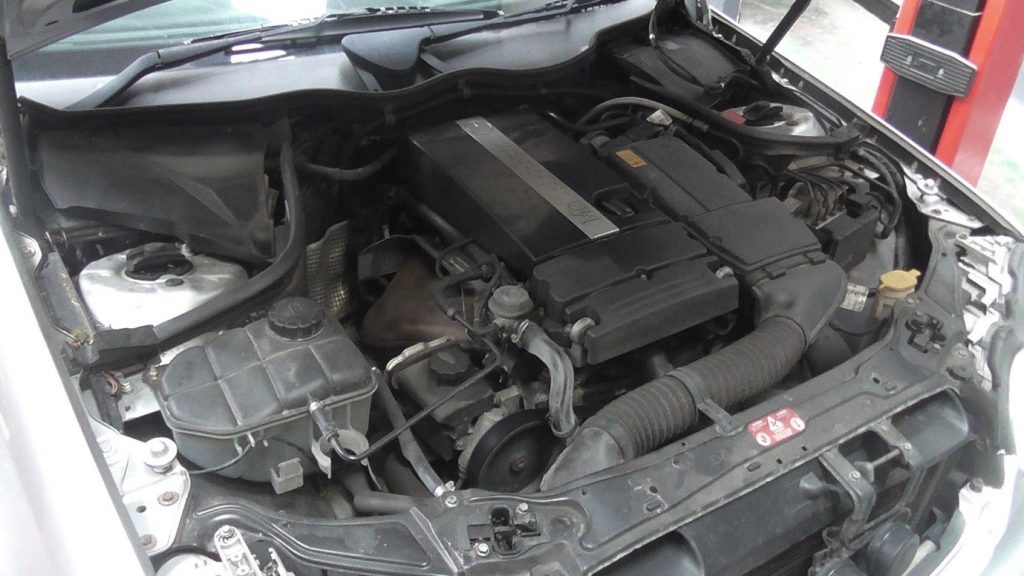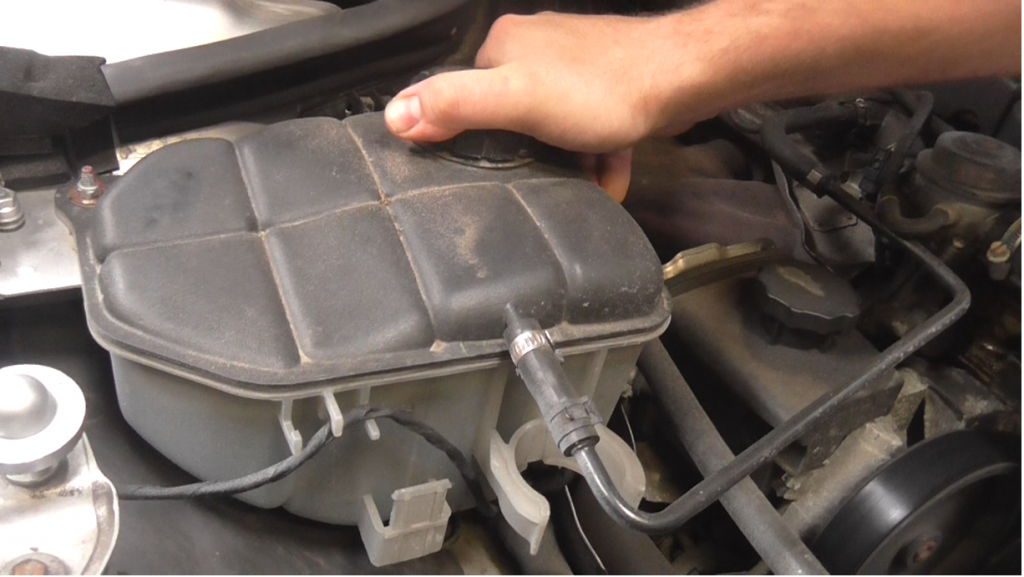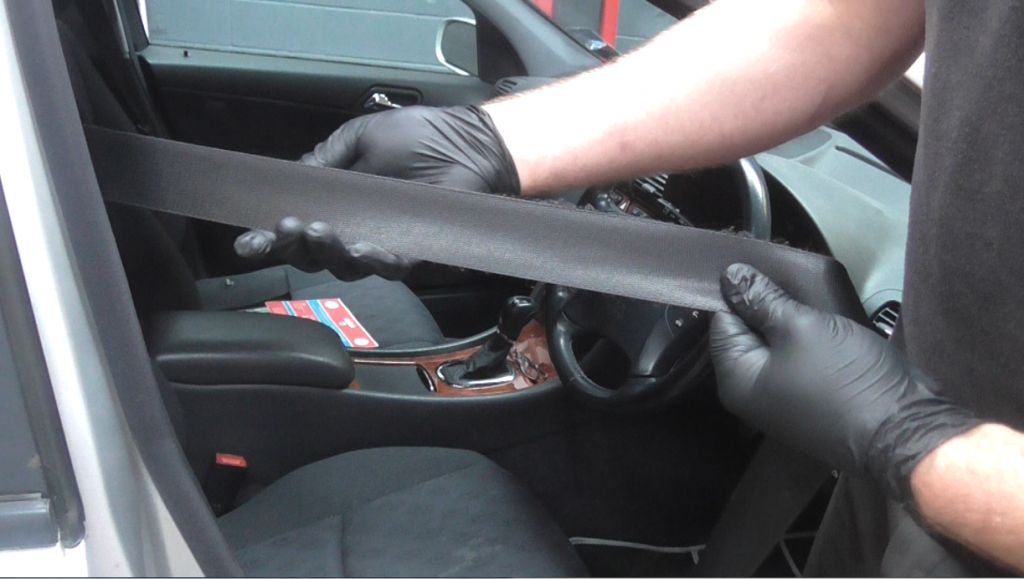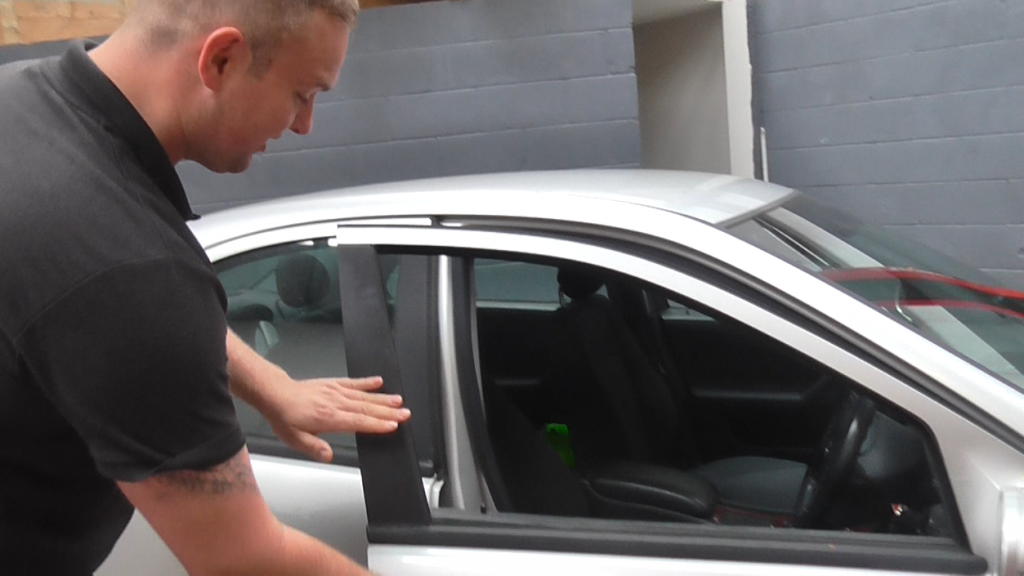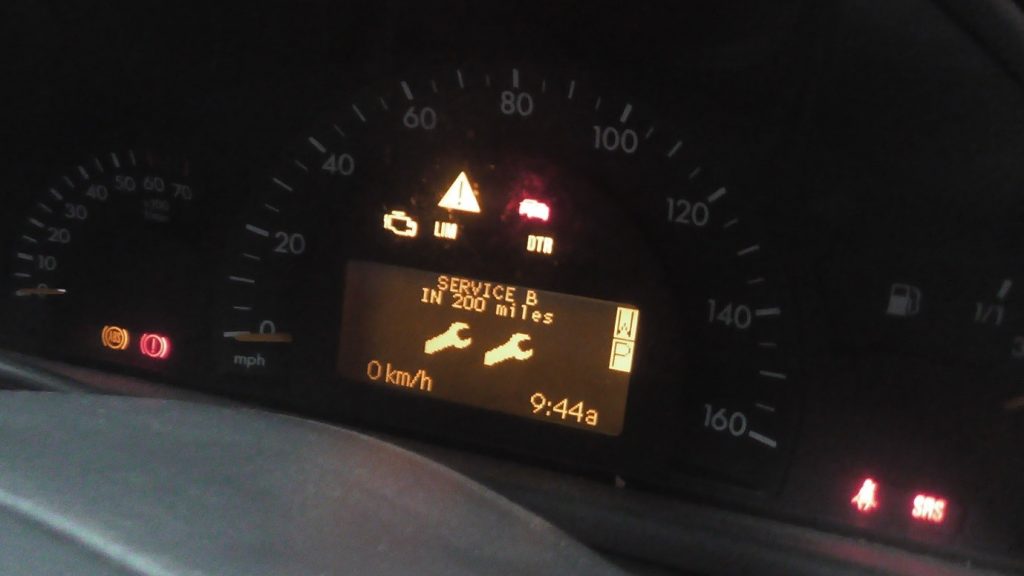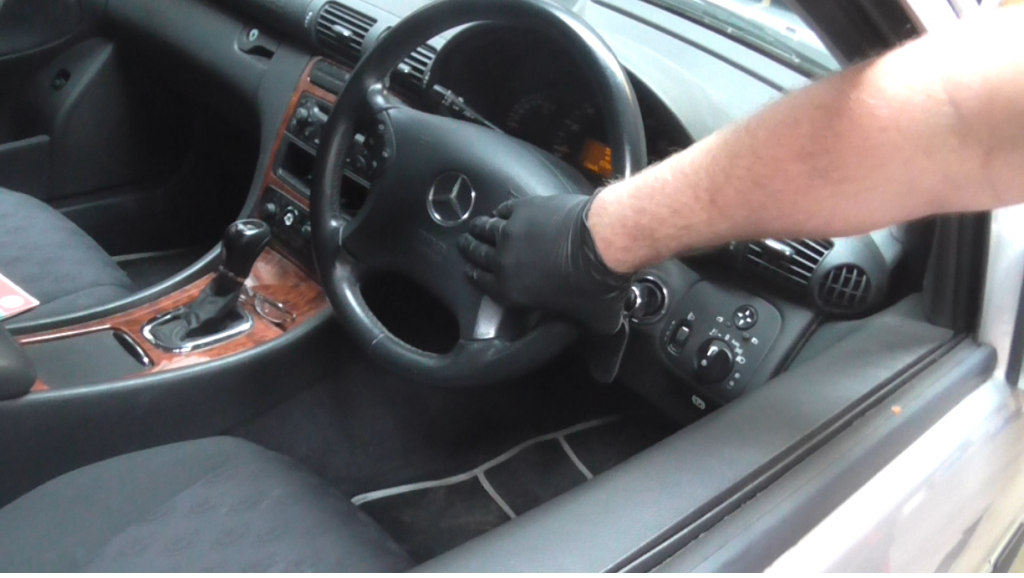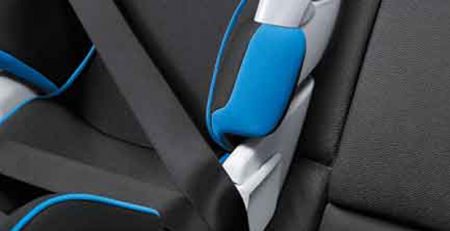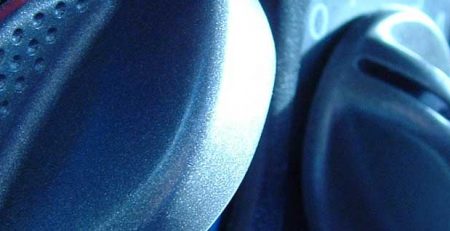The laws on child car seats are undergoing a change later this year and drivers are being warned to take notice ahead of it read more
Be prepared for your MOT with this check list
On average around 30% of cars taking an MOT test fail and a further 10% pass only after the garage has rectified faults that would have otherwise caused a fail.
Avoid being faced with retaking the test by checking the most common easily identified reasons for a fail which have been detailed in the check list below.
Working exterior lights
Non-working lights are the most common reason for a fail.
Go through each light on the vehicle and test that they are all working correctly.
These lights include the headlights (full beam and dipped), rear lights, hazard lights, indicators and rear registration plate lamps.
Front fog lights and reverse lights DO NOT count towards the MOT test.
Suspension
Check your suspension by pushing down on each corner of the car.
The car should come back to level without bouncing. If it continues to bounce for a short while it suggests the shock absorbers need attention.
Check your tyres - pressure and thread
Make sure your tyres are inflated to the pressure recommended by the manufacturer.
The minimum legal tyre tread depth is 1.6mm and any tyres that are less than this will cause an MOT fail. A brand new tyre is usually around 7-8mm, but for older wheels you can check the length with a tread depth gauge or a 20p coin.
With the coin, go from corner to corner and make a mark, place it in the middle of your tyre tread and put your finger against it. If it doesn't sink below the mark then this won't cause a fail.
Check for cracking in tyre treads
Visually inspect the tyres for any cracking in between the treads. Although it is normal for older tyres to begin to crack, it is important to make sure that they do not worsen as eventually they will open up further and expose the cords inside and will lead to an MOT fail.
Clear windscreen and working windscreen wipers and washers
Any damage on the driver's side of the windscreen larger than a 10mm diameter circle would restrict the driver's view and anything more than 40mm diameter circle in the remainder of the swept area will result in a failure - so make sure there is no damage on the windscreen.
The windscreen wipers should be secure and adequately clear the screen while in motion. The wipers must also not contain any tears or holes in the rubber as this would lead to an MOT fail. Make sure to fill the washer bottle before taking the test.
Brakes
Make sure your brakes are functioning well. Braking should be smooth, effective and without excess shuddering or vibration through the steering wheel.
Your handbrake should ratchet on and release.
Filled fuel and engine oils
It is important to check that your vehicle is filled with enough fuel and engine oil. Failing to do so can see you turned away from the test.
Sufficient fuel is required to test the car emissions levels, so engine oil should not be low.
Coolant levels
Check that the coolant levels are correct. Placed underneath the bonnet, simply give the water container a small shake to see how much is in it.
Check your seatbelts
Check that all of the seatbelts can pull out and recoil into the seat belt holder. The seatbelts shouldn't be frayed and should lock into the buckles and release.
Quickly pull on the seatbelts to make sure the react - which they should if you need to brake suddenly.
Secure doors
All of the vehicle's doors - side, boot and bonnet - should open correctly and latch securely when closed from inside and outside.
Watch out for any strange noises, bangs or catching that will be picked up on during the MOT test.
Dash lights
It is important to check that all of the dash lights are functioning correctly. The engine management light, AVS light and airbag light should illuminate and eventually turn off once you start the car.
If they continue to be illuminated then this is signalling that there is a fault with the vehicle which would fail the MOT.
Test the horn
Give the horn a quick blast to ensure it is working - this is a requirement for the MOT test.
Give yourself time
Finally, make sure to book your car into a garage for an MOT one month before the current MOT certificate expires.
This gives you the maximum amount of time to correct any issues before your MOT expire without losing the remaining time on your current MOT certificate.

